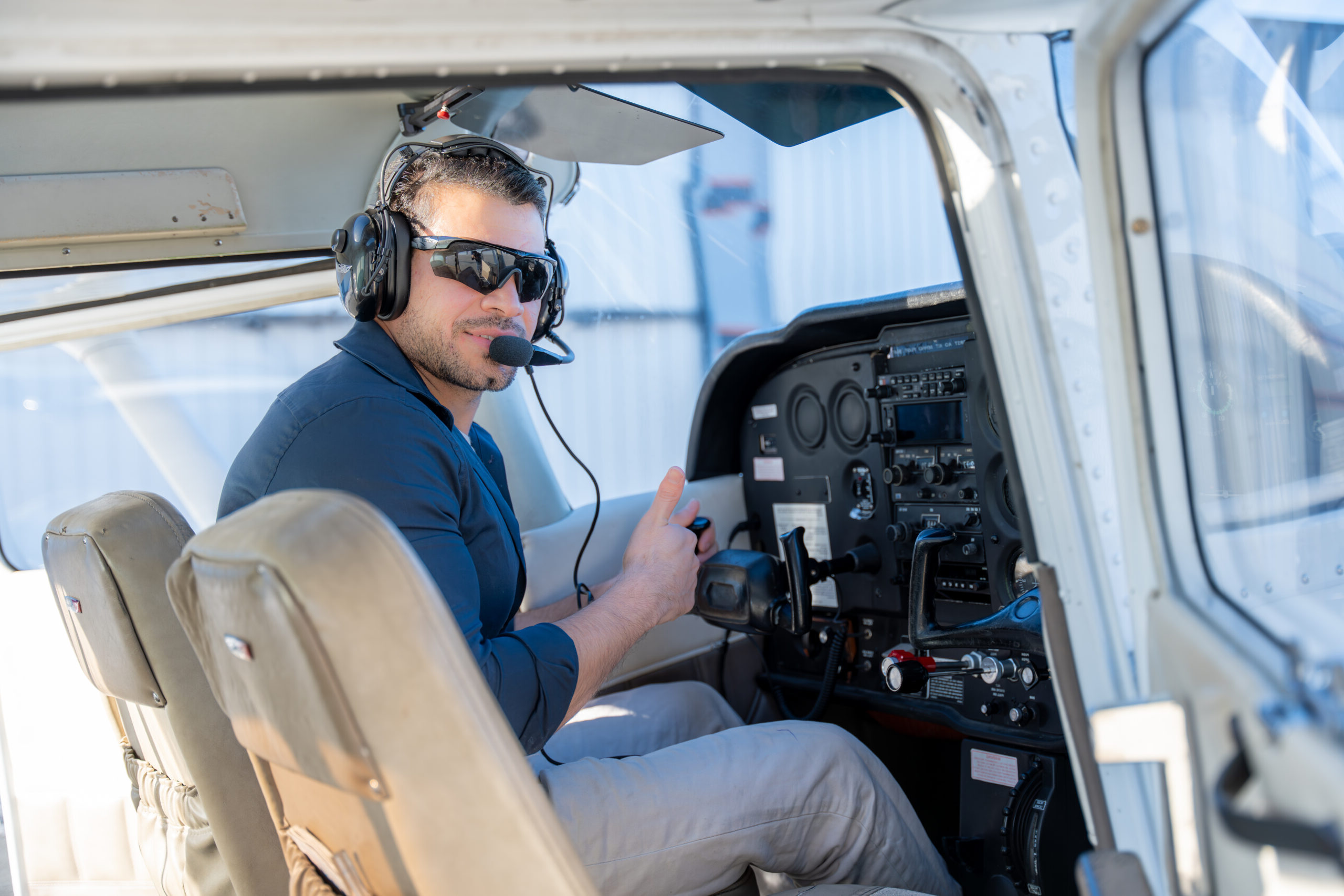Have you ever imagined flying over the skies at a breakneck speed in a sleek and powerful jet aircraft?
Are you scrolling the internet for hours searching for an answer to the question; ‘Can you fly a jet with a private pilot license?’
Well, stop now, because you have finally landed on the right page. This article covers A wide variety of topics such as the regulatory framework for flying a jet aircraft, the operational considerations, the pros and cons of jet flying, as well as the career paths for pilots with a PPL.
So let’s get started!
Regulations and Requirements:
- Specialized training and check rides for each type of jet
- Restrictions on various jet operations
- Fulfillment of issuer’s requirements for jet coverage such as minimum flight hours or training courses etc.
- Regularly maintaining the jet as per the set rules and standards
- Awareness of emergency procedures
- Must hold a medical certificate
Training and Certification
Obtaining a private pilot license for a jet is crucial for aviators in order to fly the jet aircraft.
This license not only helps individuals gain skills knowledge and relevant certifications related to the jet aircraft but also provides a foundation for the jet pilots who wish to lay the groundwork for further advancement in an aviation career
Training Curriculum
The training curriculum for private pilot licenses for jets is inclusive of both theoretical as well as practical flight training
In addition to this completion of ground school education provides knowledge about jet systems aerodynamics and various regulatory requirements that the jet Flyers must be aware of.
This flight training is conducted with help of flight instructors and provides hands on practice opportunity in the jet aircraft which eventually results in developing proficiency in managing an operating a jet aircraft
Flight hours required
The flight hours required for obtaining a private pilot license for jet is minimum 40 hours
Additional training and ratings
Jet aircraft require certain additional training and ratings for optimized jet operations.
Below listed are certain types of ratings required:
- Type rating
Pilots must opt for specialized training and a clarified check ride to obtain a type rating for each type of jet aircraft. This includes detailed training on various instructions vital for the system detailed procedures as well as performance characteristics for the particular jet model
- Instrument rating
An instrument rating for jet aircraft guides the pilots to navigate and fly the jet securely.
- Multi-Engine Rating:
This type of rating is required if the pilot’s initial training was on single-engine aircraft in order to operate jet aircraft with multi-engines proficiently and to avoid any mistakes or failure
- High altitude endorsement
You need high altitude endorsement in order to signify that they have received proper training in high altitude operations such as usage of oxygen system
Advantages of flying a jet with a private pilot license
There are various benefits when it comes to flying a jet aircraft with a private pilot license few of them include:
- Ability to cover long distances in a shorter time.
- High speed and efficiency
- The ability to cover longer ranges enables them to fly without having to stop frequently for refueling
- Flying a jet with a private pilot license gives an opportunity to fly at high altitude and cruise way above the weather systems and air traffic congestion
- Smoother flight experience
- Various jet crafts have a luxurious interior that provides the passenger as well as the pilot with a comfortable experience
- Flying a jet with a private pilot license is evidence of prestige and high status reflecting the pilot’s professionalism
Limitations and Restrictions
With every advantage comes certain limitations. When it comes to flying a jet with a private pilot license, some of the most common limitations and restrictions include the following:
- Restrictions on commercial activities
- Adhering to the regulations at all times
- Limited to fly specific types of jet aircraft
- Requirement for additional training and testing
- Constantly following the weather and operational instructions accurately
- High cost of maintenance
- Penalties fines and suspension as a result of not adhering to the regulatory compliance
Career Paths and Further Advancement:
-
- Corporate flight pilot
- Charter company pilot
- Jet management co-pilot
- Flight Instructor
- Airline pilot
- Commercial pilot
Conclusion:
Therefore it can be concluded that flying a jet with private pilot license is possible however it comes up with various benefits as well as limitations.
Holding a private pilot license gives the pilots an opportunity to fly jet aircraft for both personal as well as business use with high-speed efficiency, longer range, and various other perks. However, reaching this status requires high qualification and additional training with various restrictions in order to experience a safe flight experience.
Frequently Asked Questions:
Q: Can you fly any jet with a private pilot license?
A: Holding a private pilot license allows you to fly only specific types of jet aircraft in accordance with your training type rating and qualification
Q: Are there specific requirements for obtaining a private pilot license for jets?
A: Obtaining a private pilot license for a jet requires completion of ground school, flight training and clearance of a practical flight test.
Q: What additional training is recommended for safe jet operation?
A: Additional training recommended for safe jet operations include obtaining type ratings, high altitude endorsements, multi-engine ratings, as well as instrument ratings.
Q: Are there restrictions on flying jets in certain weather conditions?
A: Yes there are various restrictions on flying jets in certain weather conditions such as icing, turbulence or low visibility weather
Q: Can a private pilot with a jet license fly commercially?
A: In order to fly a jet aircraft commercially private pilots need to obtain commercial pilot license and fulfill various other requirements



